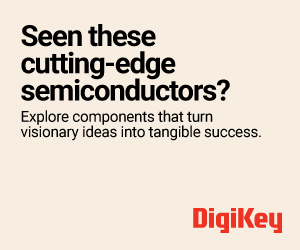Together, TI and NVIDIA are helping set a new standard for energy delivery in AI environments—one that aligns with the future of high-performance computing.

Texas Instruments (TI) announced a strategic collaboration with NVIDIA to develop advanced power management and sensing technologies that will support NVIDIA’s next-generation 800V high-voltage direct current (HVDC) power distribution systems for data center servers. The breakthrough architecture aims to deliver the scalability, efficiency, and reliability needed to support the ever-growing demands of AI computing.
As artificial intelligence applications evolve, the power requirements for data center racks are projected to skyrocket—from about 100kW today to more than 1MW in the near future. Current 48V systems simply cannot scale to meet this need. To power a 1MW rack using 48V architecture would require nearly 450 pounds of copper, making it unsustainable in terms of both size and weight.
The new 800V HVDC system offers a solution. It enables significantly higher power density and conversion efficiency, while reducing the size, weight, and complexity of power delivery hardware. This innovation will allow engineers to design power-efficient and scalable racks that can keep pace with the accelerating performance demands of AI.
“A paradigm shift is happening right in front of our eyes,” said Jeffrey Morroni, director of power management R&D at TI’s Kilby Labs and a TI Fellow. “AI data centers are pushing the limits of power to previously unimaginable levels. Our work with NVIDIA is a leap toward meeting those challenges with 800V architectures.”
Gabriele Gorla, VP of System Engineering at NVIDIA, emphasized the importance of semiconductors in next-gen AI infrastructure: “NVIDIA is working closely with suppliers like TI to develop high-voltage architectures that can efficiently power tomorrow’s large-scale AI data centers.”









